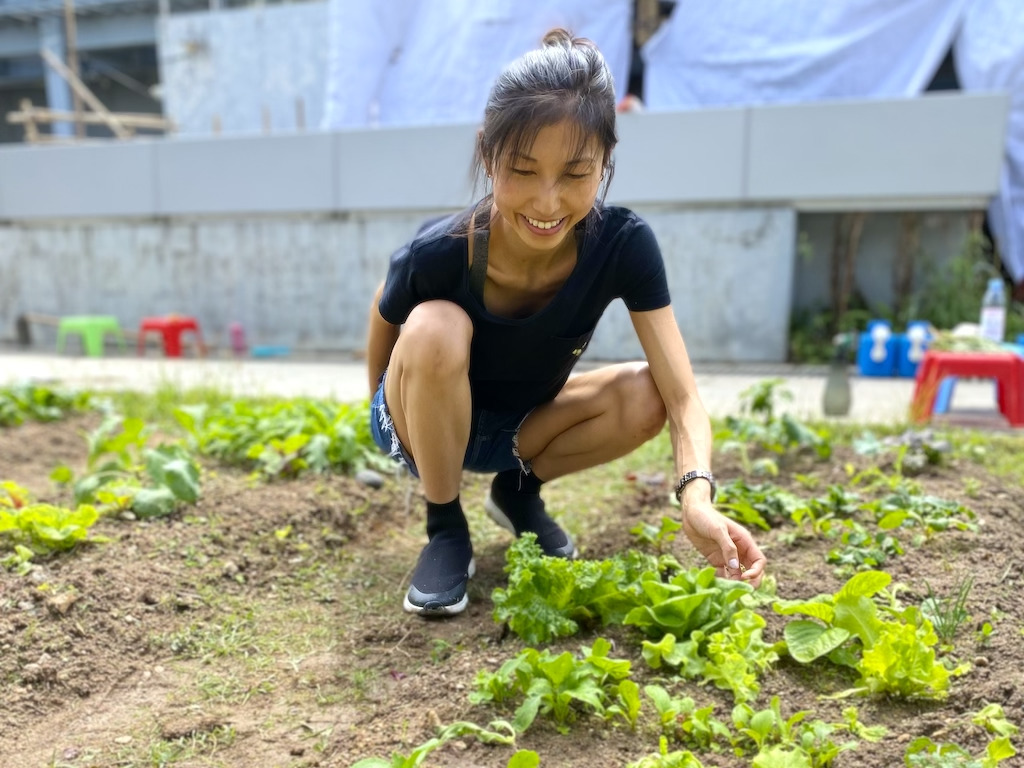5 Mins Read
As a vegan and sustainable food advocate, growing my own organic produce had always been something I wanted to do.
I never thought it was possible to grow my own food right here in Hong Kong, a city famous for its skyscrapers, bright lights, and bustling traffic. But turns out, it is.
Here’s what I learned during my urban farming journey.
1. Farming in the city is possible
I made endless excuses to not fulfil my farm-to-table dream. Despite writing about slow food pioneers like Alice Waters and the dedicated social entrepreneurs behind urban farming concept The Farmers in Singapore, I somehow convinced myself it was a task too difficult in Hong Kong. It would be far away from the city centre, I thought.
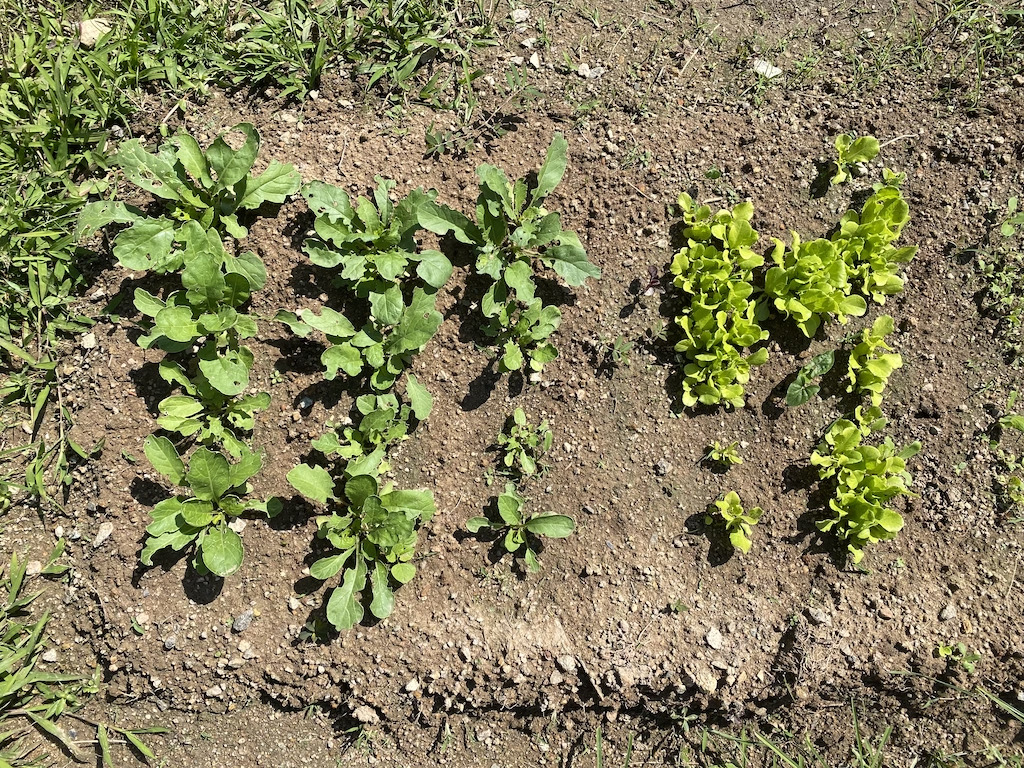
I was proven wrong. Hysan, a mall in the heart of Causeway Bay, runs a rooftop urban farming initiative. Yes, dozens of mini-farming plots right on top of a mall. The program is open to the public, and successful applicants will learn the basics of organic farming over the course of 13 weeks. By the end of it, you’ll be able to harvest your own seasonal produce.
2. It doesn’t take as much time as you think
Another excuse I made for myself was that urban farming would take up too much of my free time. False. It’s a weekly commitment, yes, but it only took up an hour or two of my Saturday mornings.
3. Growing your own produce is a labour of love
At first, I thought the whole point of urban farming was getting the goods, so to speak. The day when I’d get to harvest my own beautiful kale or Swiss chard, especially after the grueling first week of weeding, hoeing and ploughing. That wasn’t easy, my back was a little achy and my muscles were definitely left tired. I wanted to be rewarded for my hard work.
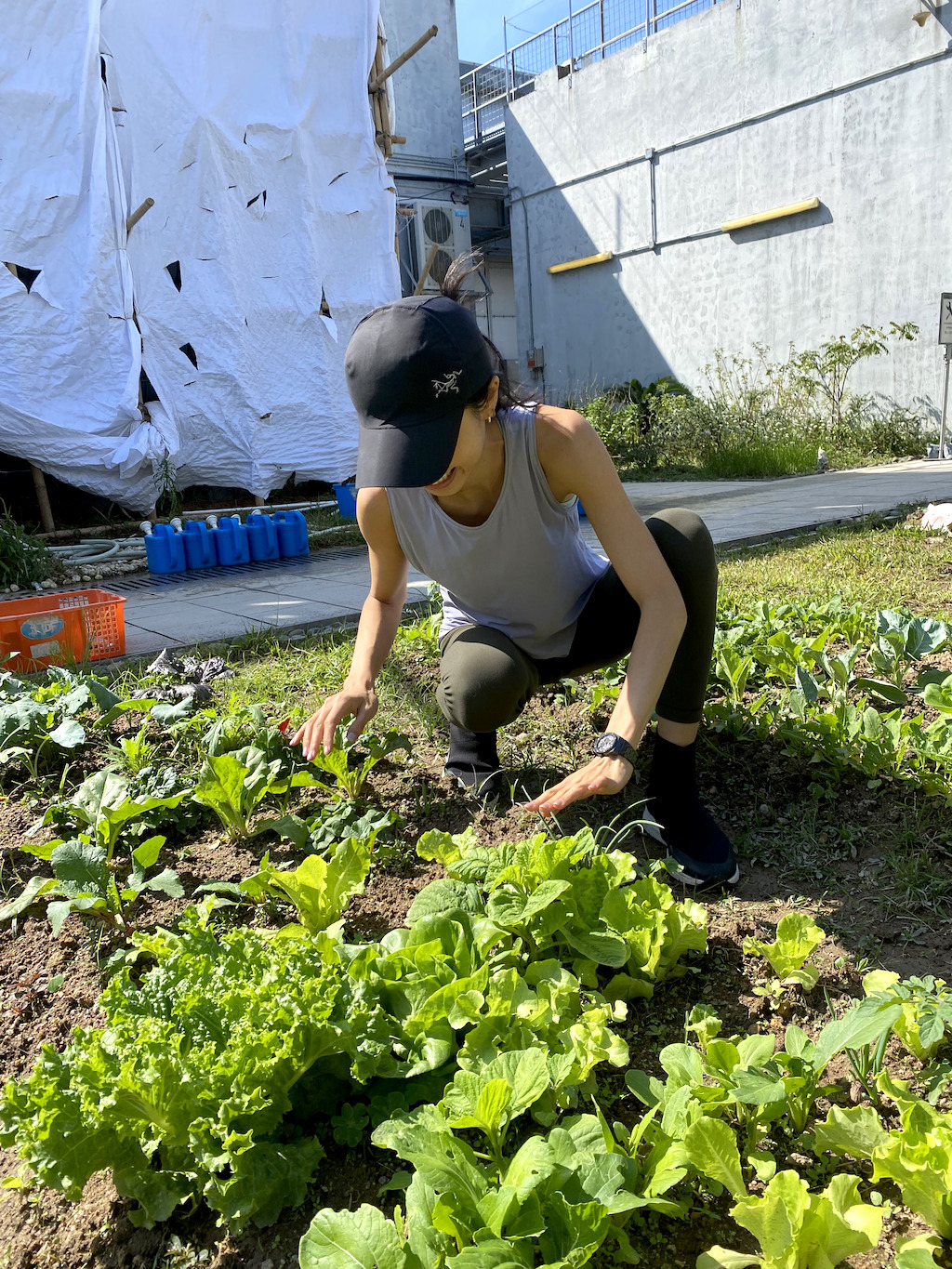
But as the weeks went on after sowing our initial seeds, I became immersed in the process of tending to my seedlings. I not only looked forward to seeing how my plants would grow, but found the routine of watering, trimming, weeding, and loosening the soil enjoyable.
4. You’ll gain a new sense of respect for farmers and food
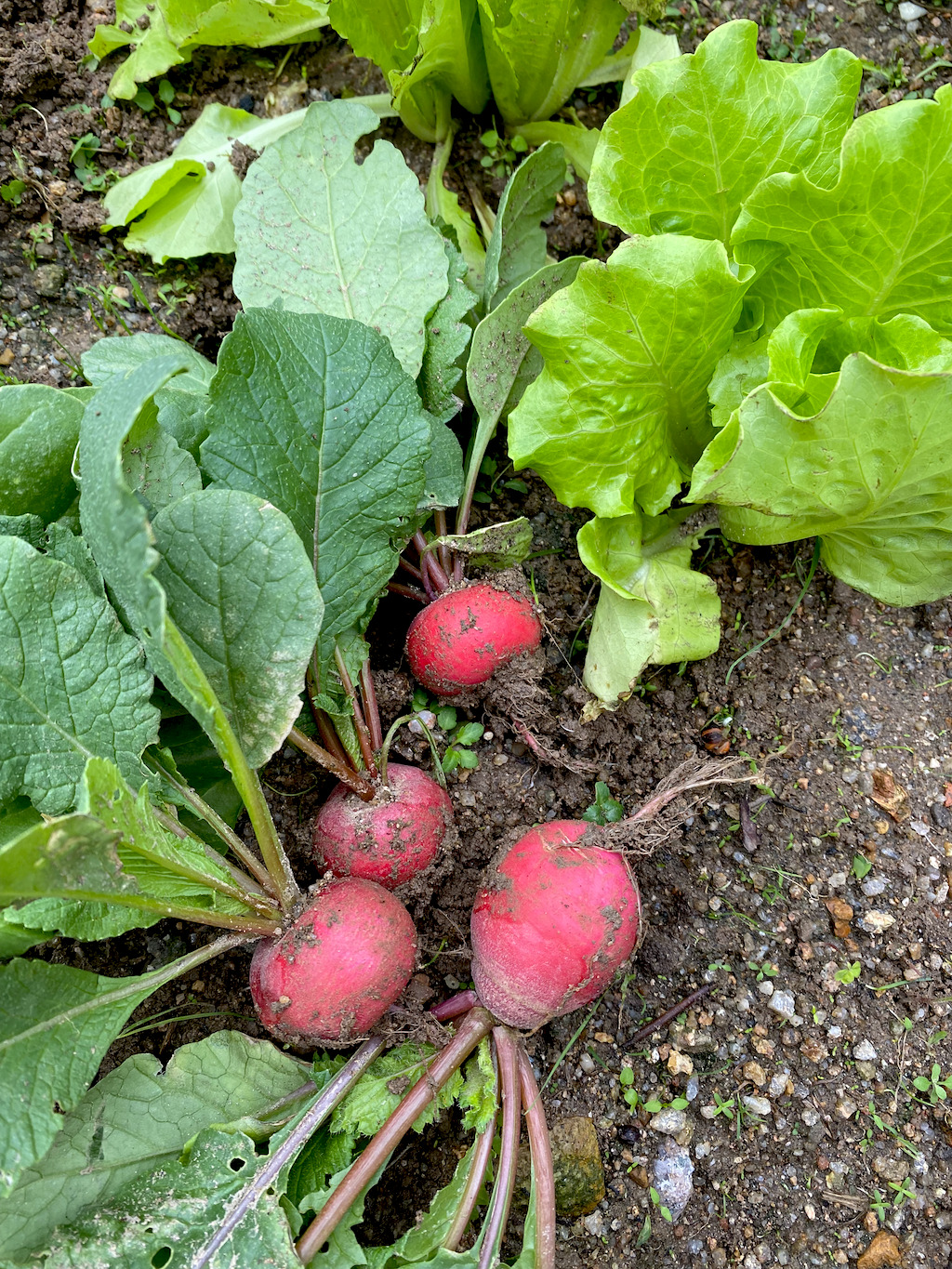
That being said, I was just responsible for my own little plot of farmland on a rooftop–and it wasn’t all sunshine and roses. It was frustrating when some of the seeds I sowed never sprouted, or when some of my baby lettuces were blown away thanks to the typhoon one week. In addition, manually hoeing and shoveling is way harder than it looks. It made me imagine having to work in a much larger field for commercial agriculture. I gained a new sense of appreciation for farmers who, despite keeping our global food system alive, are often vulnerable to workplace exploitation and are typically paid extremely low wages for their labour. Realizing the work it takes to get those ingredients onto your plate also makes you respect food itself and become much more mindful of food waste.
Read: 13 ways you can reduce your food waste footprint
5. Urban farming is therapeutic
Saturday mornings became the snippet of my week when I felt most at peace. It was almost like a refuge after a busy week. You’d think that being in Causeway Bay–Hong Kong’s shopping haven–would be anything but relaxing. But it’s quiet up there. You can hear little rustling sounds coming from grasshoppers trying to nibble your Pak Choi leaves. Shooing the jumpy insects away while trimming my coral leaf lettuce and watering my cherry radishes gave me the same sense of calm that a countryside hike would. Urban farming became my nature therapy.

6. Organic produce tastes better
Organic farming means no synthetic pesticides or fertilisers that wreak havoc on soil health. Instead, we rely on natural methods such as growing shallot bulbs around the plot and spraying our plants with garlic water to repel bugs. It’s not foolproof, which inevitably means that soil insects like wireworms and herbivore grasshoppers will chew through stems and leaves. My Pak Choi and daikon radish greens bore the brunt of the damage, with many leaves punctured with tiny holes. While they look a little misshapen and imperfect, I promise they taste better than the commercially grown veggies available on supermarket shelves. My cherry radishes were mildly peppery and crisp, and my butterhead lettuce tasted sweeter than I imagined. Plus, knowing my veggies could be a potential climate solution made them that much more delicious.
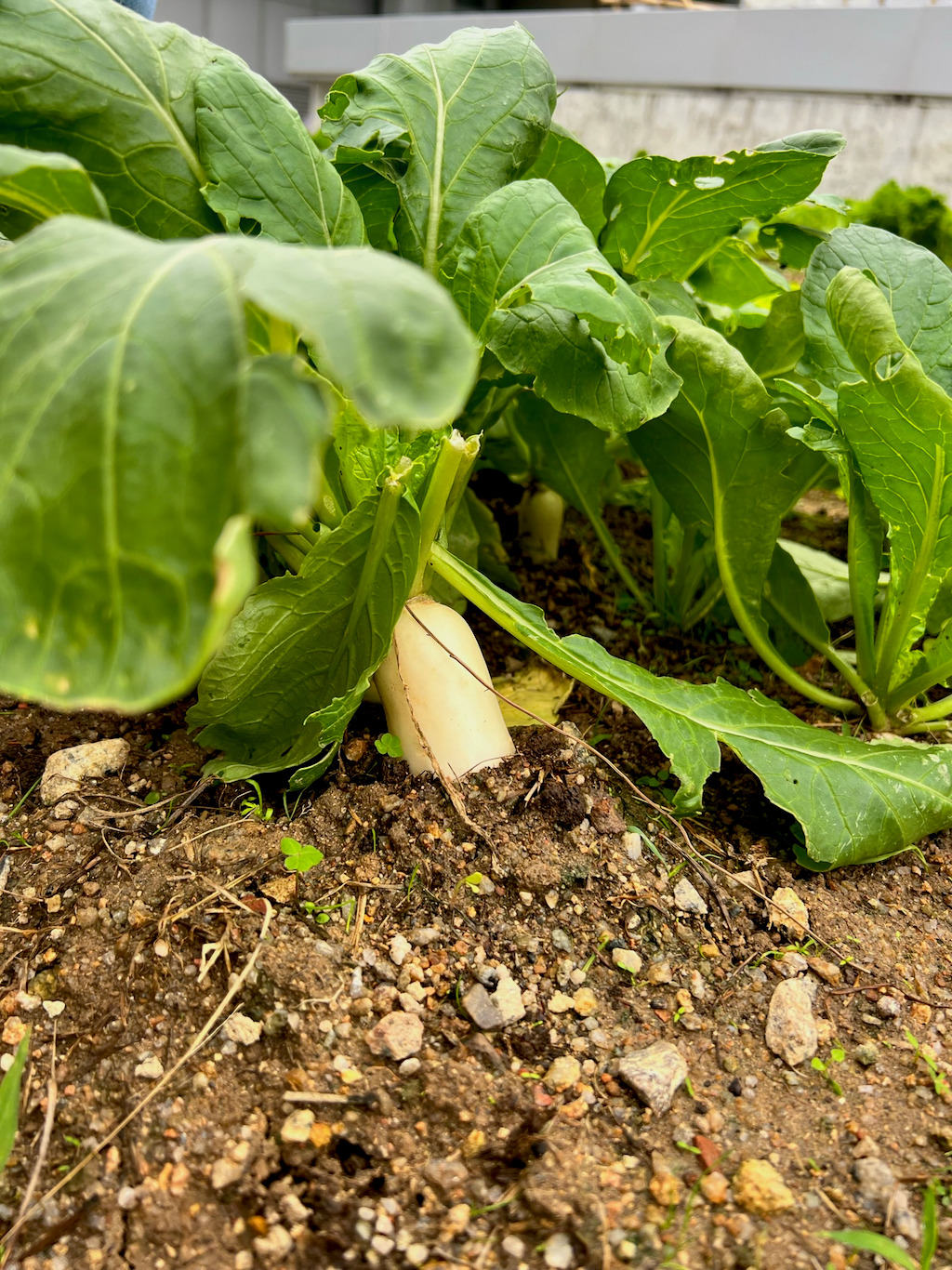
7. It’ll become your new addiction
After spending a few weeks at the urban farm, I realised this was going to be my new addiction, even for a big-city person. I came to enjoy getting my hands dirty and my shoes muddy every Saturday. There’s something so satisfying about planting, tending and finally eating your own fresh harvest. As the weather begins to cool down in the weeks ahead, I’ll be able to harvest and enjoy my daikon radish…and I’m already thinking about what to plant next in time for Spring.
All images courtesy of Sally Ho.


